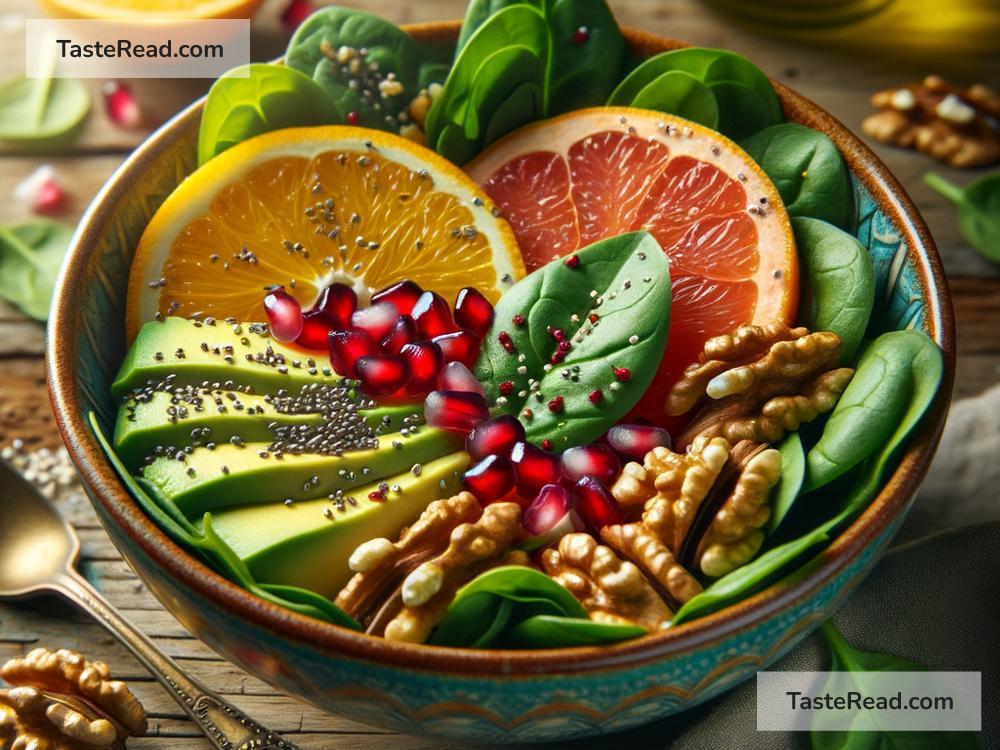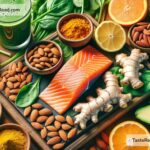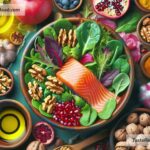Foods That Reduce the Risk of Thrombocytopenia
Thrombocytopenia is a condition where the body has a low platelet count. Platelets are tiny blood cells that help your blood clot, stopping bleeding when you get a cut or injury. Without enough platelets, your body might struggle to control bleeding, and you could bruise more easily or experience longer bleeding times. While thrombocytopenia can happen for many reasons, such as illnesses or medication side effects, your diet can play a role in helping your body stay balanced and healthy.
In this article, we’ll explore foods that may reduce the risk of thrombocytopenia and help to support your platelet levels. These foods are nutritious and beneficial for overall health, making them great additions to your diet whether or not you’re dealing with this condition.
1. Leafy Green Vegetables
Leafy greens like spinach, kale, and broccoli are rich in vitamin K, which helps your blood clot properly. When your body lacks vitamin K, it can lead to problems with blood clotting and might worsen symptoms in people who already have thrombocytopenia.
Incorporating leafy greens into your meals is simple—you can sauté spinach as a side dish, toss kale into salads, or even blend leafy greens into a smoothie. These vegetables also contain antioxidants, vitamins, and minerals that help with overall health and immune system support.
2. Vitamin C-Rich Fruits
Fruits like oranges, strawberries, kiwi, and pineapple are excellent sources of vitamin C. Vitamin C helps in the production of platelets and can strengthen the walls of your blood vessels, reducing the risk of damage and bleeding. These fruits also contain antioxidants that protect cells from inflammation and oxidative stress.
Try snacking on oranges or adding berries to your morning oatmeal. Pineapple chunks make a refreshing snack, and kiwi slices go great in salads or yogurt bowls.
3. Foods Rich in Folate
Folate is a type of vitamin B (B9) that plays a role in the production of red blood cells and platelets in your body. A lack of folate may lead to reduced platelet counts or anemia. Foods that are rich in folate include asparagus, beans (like chickpeas and lentils), avocados, and fortified cereals.
For example, adding beans to soups or salads and pairing asparagus with dinner can help boost your folate levels. Avocados make a creamy addition to toast, salads, or smoothies.
4. Iron-Rich Foods
Iron is crucial for producing healthy red blood cells and platelets. If your iron levels are low, you might feel tired and weak, and it might impact your platelet count negatively. Foods high in iron include red meat (in moderation), chicken, spinach, tofu, lentils, and pumpkin seeds.
Vegetarians or vegans can increase their iron intake through plant-based sources like beans and leafy greens. Pair these foods with vitamin C-rich fruits to help your body absorb iron better—like squeezing lemon juice on spinach or eating lentils with oranges on the side.
5. Whole Grains
Whole grains like brown rice, quinoa, oats, and whole wheat bread contain essential nutrients like magnesium and vitamin E, which contribute to overall cardiovascular health. Magnesium supports blood flow and the creation of new cells, while vitamin E protects platelets from oxidative stress.
Opt for whole-grain substitutes when cooking—swap white rice for brown rice or regular bread for whole wheat bread. Adding oats to your breakfast routine or choosing quinoa for a side dish are easy and healthy choices.
6. Omega-3 Rich Foods
Foods rich in omega-3 fatty acids, such as salmon, walnuts, flaxseeds, and chia seeds, can support circulation and heart health. Omega-3s also help fight inflammation, which could harm platelets and worsen symptoms.
Add salmon or tuna to your weekly meals, sprinkle chia seeds into your yogurt or smoothies, and snack on walnuts for a satisfying crunch.
7. Protein Sources
Protein-rich foods like eggs, chicken, fish, and beans are important for repairing damaged tissues and helping your body produce more platelets. Protein helps in building the raw materials your body needs to maintain proper platelet counts.
Adding eggs to breakfast, grilling some chicken for dinner, or choosing beans as a plant-based protein can support your body.
8. Foods Rich in Vitamin B12
Vitamin B12 is vital for healthy blood cell production. Low levels of B12 can lead to both anemia and thrombocytopenia. Foods like eggs, dairy products, fish, and fortified cereals are good sources of vitamin B12.
If you’re vegetarian or vegan, consider fortified plant-based milks or supplements to get enough B12 in your diet.
9. Water and Hydrating Foods
Staying hydrated is critical for maintaining blood volume and circulation to support healthy platelets. Drinking enough water throughout the day and eating hydrating foods like cucumbers, watermelon, and soups will help keep your body functioning well.
Important Reminder
It’s important to note that these foods can support your health and may reduce the risk of thrombocytopenia, but they are not a cure for severe cases of platelet deficiency caused by medical conditions. If you suspect you have thrombocytopenia, it’s crucial to talk to a doctor for proper diagnosis and treatment. In some cases, medications, transfusions, or other therapies may be necessary.
Conclusion
Eating nutritious foods is one way to support your body and reduce the risk of developing thrombocytopenia. Leafy greens, vitamin C-rich fruits, iron-packed meals, and proper hydration are some ways to improve your overall blood health and promote a strong immune system. By making these healthy choices a regular part of your diet, you’ll provide your body with the tools it needs to thrive. Always consult with a healthcare provider if you suspect any health concerns, and remember—food is an essential part of healing, but it’s only one piece of the puzzle.


